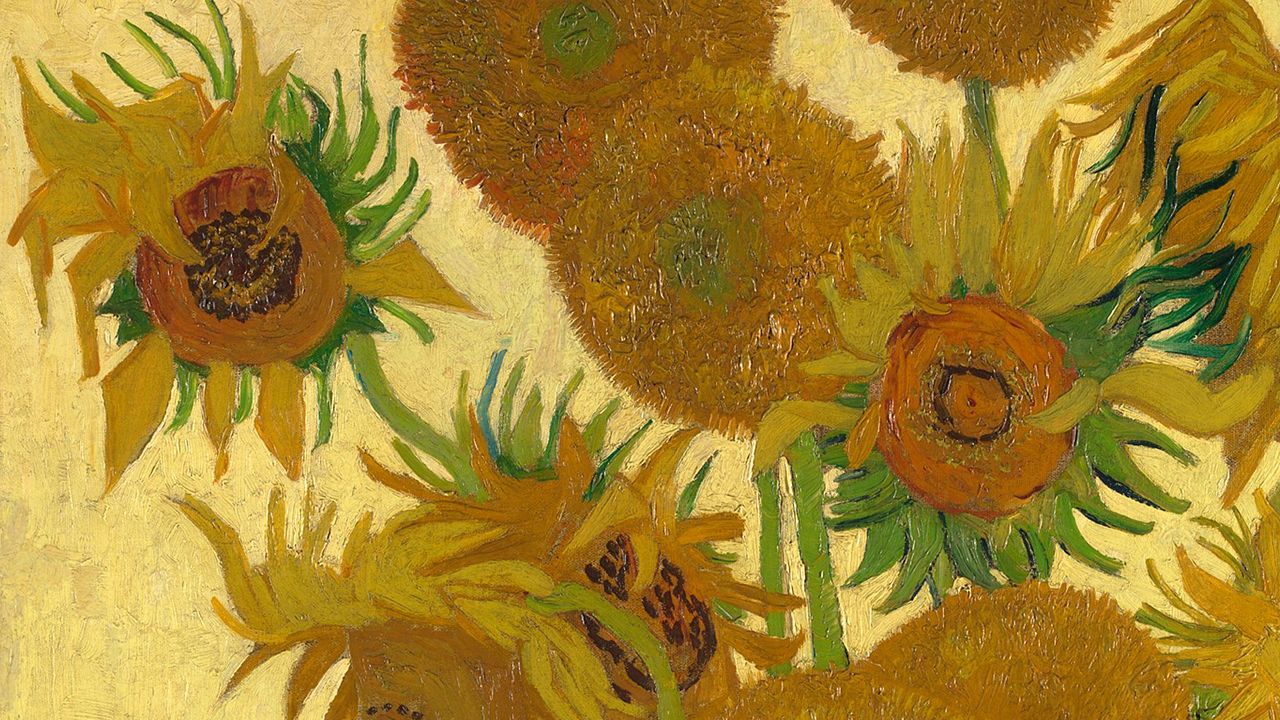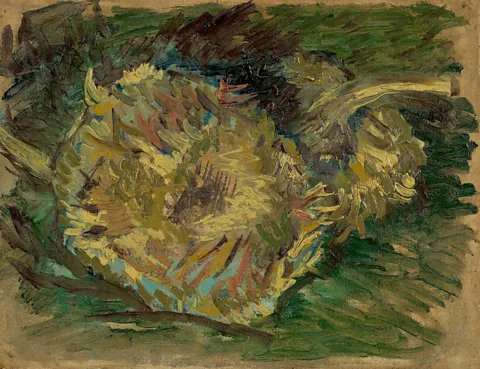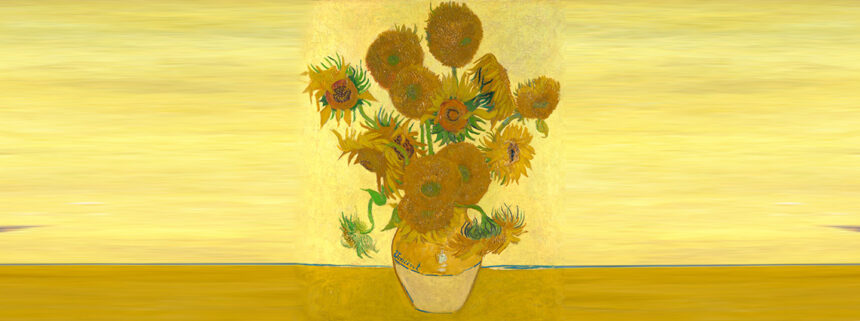Vincent Van Gogh Sunflowers symbolism are more than vibrant blooms on canvas—they are rich with layered symbolism, personal struggle, and spiritual longing. Painted across 11 canvases between 1887 and 1889, these radiant Helianthus annuus have captivated generations with their bold form and deeper meaning. But what was Van Gogh truly trying to express?
1. A Welcome Gift of Friendship
In 1888, Van Gogh created his most iconic sunflower works to decorate Paul Gauguin’s room at the “Yellow House” in Arles. These bright yellow paintings were meant to embody friendship, warmth, and creative partnership. As recorded by the Van Gogh Museum, he believed the flowers could symbolize his gratitude and hope for an artistic brotherhood with Gauguin (vangoghmuseum.nl).

2. Life, Death, and the Cycle of Time Van Gogh Sunflowers symbolism
Look closely: not all of Van Gogh’s sunflowers are in full bloom. Some are wilted, others shedding petals. This wasn’t just aesthetic—it symbolized the inevitable cycle of life and death. According to The Guardian, this progression reflects Van Gogh’s awareness of mortality and transience, long before it became a mainstream art theme.
3. Devotion, Loyalty, and Spiritual Light
The sunflower’s natural heliotropism—its movement toward the sun—has made it a symbol of loyalty and spiritual devotion since the Renaissance. Van Gogh embraced this symbolism. In letters, he described the sunflower as almost divine in its constancy. Art historian Julien Domercq interprets this as Van Gogh’s longing for artistic purpose and connection to a higher truth (Artsper).
4. Kiefer’s Modern Interpretation
Fast-forward to 2025: Anselm Kiefer, one of today’s most significant living artists, revisits Van Gogh’s symbolism in the Kiefer/Van Gogh exhibition at the Royal Academy in London (The Morning News Informer). His sculpture “Danaë” features a sunflower rising from a pile of books—connecting memory, art, and regeneration. In Kiefer’s words, the sunflower “explodes with life, then decays—and that’s the essence of being.”
5. Sunflowers Across Art History

Van Gogh wasn’t the first artist to be fascinated by sunflowers. In the 17th century, Dutch painters like Maria van Oosterwyck used them to signify romantic fidelity. In Anthony van Dyck’s Rest on the Flight into Egypt, a sunflower over the Virgin Mary symbolized divine loyalty. The symbolism evolved over time—later appearing in political art, like Ai Weiwei’s Sunflower Seeds, a powerful critique of mass obedience in Maoist China.
6. What Sunflowers Really Meant to Van Gogh
Though Van Gogh never fully explained his motives, he once described the flowers as “a cry of anguish… symbolizing gratitude.” For a man who battled loneliness, rejection, and mental illness, the sunflower became a vessel for hope, emotion, and light. They’re a radiant emblem of his passion for art, his belief in friendship, and his relentless pursuit of beauty despite suffering.
Conclusion: Sunflowers as Symbols of the Soul
Today, Van Gogh Sunflowers symbolism are more than still life—they’re a meditation on the human condition. They bridge the gap between past and present, between joy and sorrow. Through them, Van Gogh speaks to us about devotion, impermanence, and the power of resilience.
Related reading:










